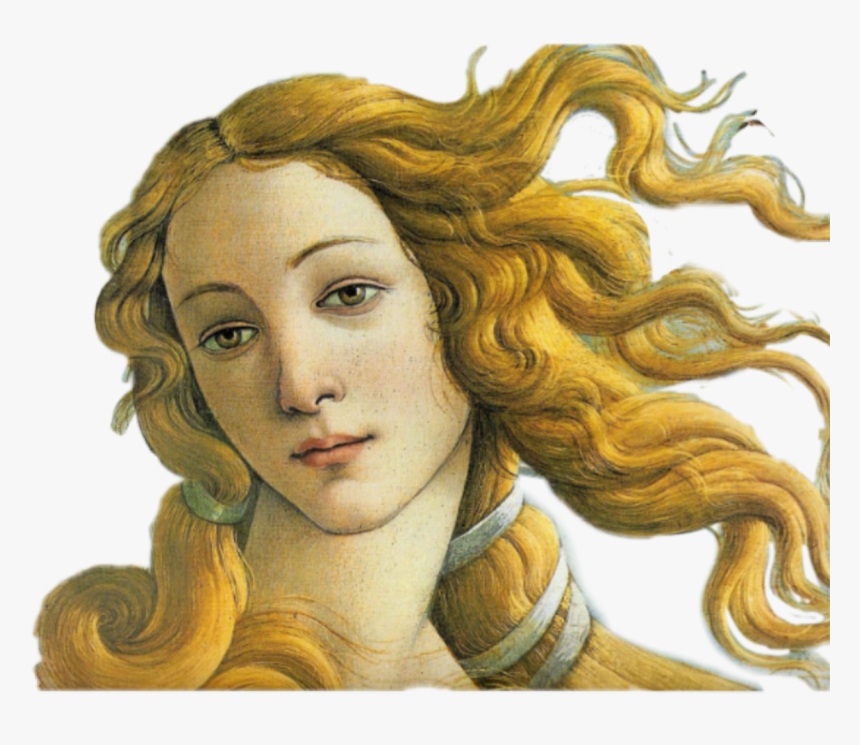Cyprus is a beautiful island that seems to be the mythical birthplace of the Greek goddess Aphrodite. Opinions about the origin of its name range from the Greek description of the Mediterranean tree“Cypress” to the Greek for copper “Kypros” 1 “ The island of Cyprus lies at the furthest eastern end of the Mediterranean Sea. Its geostrategic location at the crossroads between Europe, Asia, and Africa has had a profound impact on its long history of colonialism. It’s nearest neighbour Turkey, lies 50 miles north of the island. Next closest, lying 70 miles to the east are Syria and Lebanon. Egypt is 240 miles south
. Cyprus was conquered by almost every ruling empire that controlled the region. In 1571, the Ottoman Empire gained control of the island. “It was during this period that the island’s present-day Turkish Cypriots population began to develop primarily from the descendants of Turkish soldiers and administrators garrisoned at the island.”
In 1878, Cyprus’ administration was ceded to the British Empire. The exchange of sovereignty from Turkey to Britain followed the treaty of Lausanne in 1923 after the end of World War I. Enosis, the Greek word for union, was a concept deeply embedded in the conscience of Greek Cypriots. They formed a radical organisation and declared their goal of “enosis “. In 1931, this organization led an organised riot that resulted in the burning of the government house in Nicosia. The Greek Orthodox Church of Cyprus was actively involved. In 1955, “EOKA “, the National Organisation of “Cypriot Fighters began its campaign against the British colonial administration. The organisation was led by two prominent figures: on the military front by Colonel George Grivas and on the political front by the Archbishop of Cyprus, Makarios III. The campaign resulted in the death of 387 British servicemen. In turn, the Turkish Cypriots who strongly opposed the idea of “enosis “, retaliated by forming a counter movement named “The Turkish Resistance Movement”, TMT, and called for the partition of the island between Greece and Turkey, a policy known as “taksim “.
By now, the island was on the verge of civil war. Britain encouraged negotiations for the creation of an independent Republic of Cyprus. The London-Zürich agreements were reached and became the basis for the Cyprus constitution. In 1960, the British flag was lowered, and the Republic of Cyprus officially came into being. Archbishop Makarios III was elected the President of the Republic of Cyprus.
Cyprus had a complex constitutional structure. Power was divided between the president who would be elected by the Greek Cypriot community, and the vice president, who would be elected by the Turkish Cypriot community. They would each have significant veto rights over bills and proposals. The Council of Ministers would be made up of seven Greeks to three Turks. These 7:3 ratios were also the basis of power-sharing in other institutions, including the House of Representatives. To preserve the political order established in the 1960 Constitution, Britain, Greece and Turkey signed the Treaty of Guarantee- thereby became known as the guarantor powers. They were given an explicit right of intervention if the political situation on the island was challenged internally or externally. This agreement was strongly opposed by the Greek Cypriots, because the powers given to the guarantors gave the impression that Cyprus was not truly independent, also, it gave Turkey an explicit rate to intervene in Cypriot affairs. For their part, the Turkish Cypriots believed that it was an essential element of the constitutional settlement.
Reem Haddad
Editor-in Chief

